Southern swamp lily (
Crinum americanum) is much prettier than its name suggests. Living among finely textured native grasses in wetlands and wet meadows, it has delicate flowers that bring an ethereal beauty to the slow-moving waters of bayous and swamps in the American Southeast. Southern swamp lily is not only a beautiful native but also a lovely garden plant for moist areas. It will do well in any wet, rich soil — no swamp or standing water required.
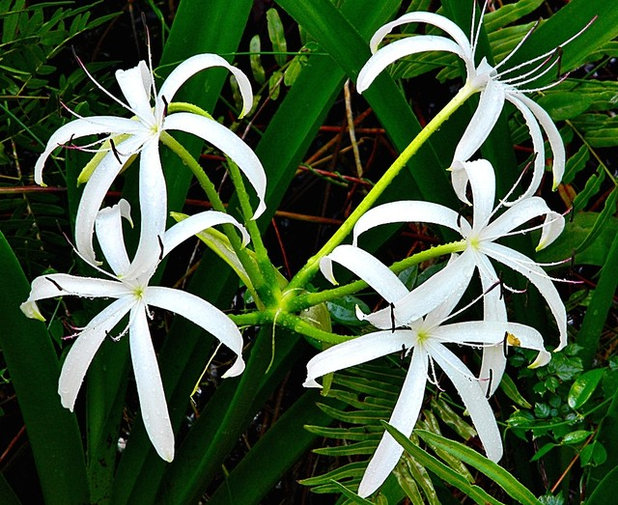 Photo by Bob Petersen
Photo by Bob Petersen
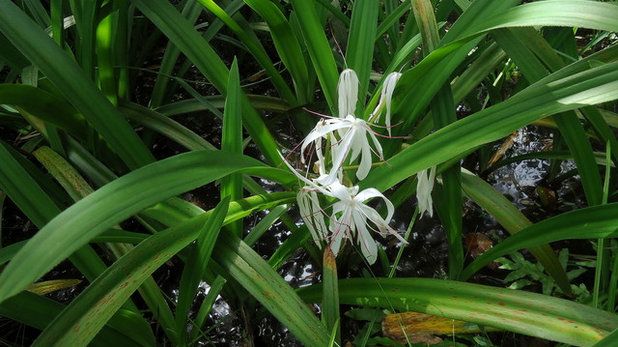 Botanical name: Crinum americanumCommon names:
Botanical name: Crinum americanumCommon names: Swamp lily, Florida swamp lily, southern swamp lily, string lily, American crinum lily, seven sisters
Origin: Native to the southeastern U.S., from coastal South Carolina throughout Florida and the Gulf Coast into Texas
Where it will grow: Hardy to 10 degrees Fahrenheit (USDA zones 8 to 11; find your zone)
Water requirement: High
Light requirement: Sun to partial shade
Soil requirement: Prefers moist soil with plenty of rich organic matter
Mature size: Up to 2 feet tall with a spread of 2 to 3 feet
Benefits and tolerances: Tolerates water-logged soils; a very long-lived perennial with aromatic flowers
Seasonal interest: White flowers in spring and summer
When to plant: Most easily propagated by division in fall or spring
Photo by Alex Popovkin
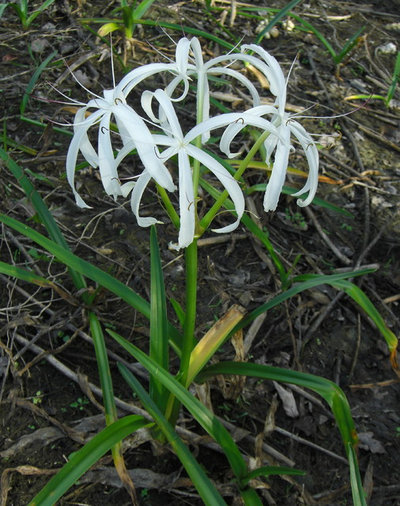 Distinguishing traits.
Distinguishing traits. Southern swamp lily’s evergreen leaves are long, leathery and strap-like. They are a lustrous deep green with slightly toothed edges.
Fragrant, bright white flowers appear in spring and throughout summer. The plant sends up a flower stalk above the rosette of leaves that produces a cluster of white flowers with purple anthers. The flower’s delicate, slender petals arch backward and away from its center.
Photo by Jason Hollinger
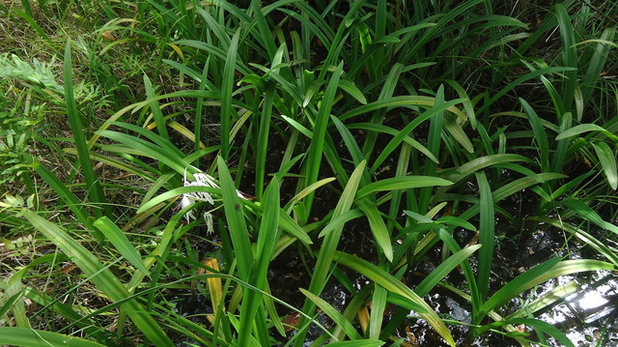 How to use it.
How to use it. Plant southern swamp lily on the margins of a wetland or in a wet area of the garden. Once established it will thrive as a perennial on damp sites.
Plant southern swamp lily with other water-loving native grasses and perennials, including sedge (
Carex spp), rush (
Juncus spp) and meadow wildflowers like cardinal flower (
Lobelia cardinalis), blazingstar (
Liatris spp), iris (
Iris spp) and lizard’s tail (
Saururus cernuus).
Photo by Alex Popovkin
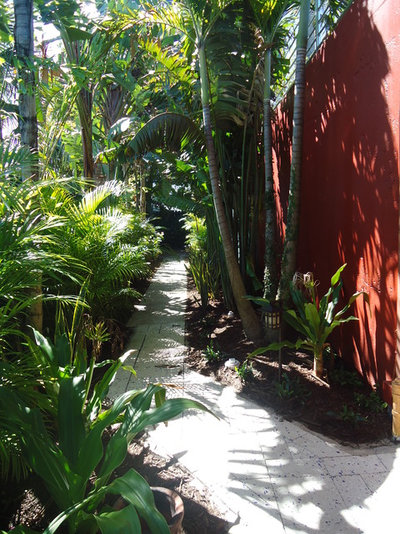
Eileen G Designs
Planting notes. Southern swamp lily is a freshwater wetland plant and does not tolerate saltwater. Be sure to plant it where it will be protected from any salt spray in a coastal setting.
It can be bought as a bulb or as a container-grown transplant from the nursery. Plant bulbs root side down at a depth of 4 inches. Be sure to thoroughly water bulbs or transplants during establishment. Southern swamp lily, like most perennial forbs, thickens with age and produces a large mass of leaves. Keep this in mind when planting, and provide 18 inches between plants to create a full but not overcrowded effect once they’re mature.
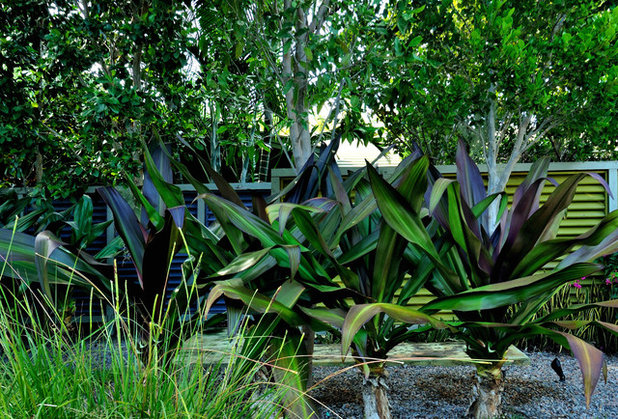 Similar species.
Similar species. Pictured here is Queen Emma lily (
Crinum angustum), a related species also called giant spider lily due to its massive size. Queen Emma lily can reach up to 6 feet tall and wide. It has growing requirements similar to those of southern swamp lily. It can be distinguished by its size, the deep purple tones in the leaves and the white and purple flowers.
Southern swamp lily is often confused with its relative, spider lily (
Hymenocallis latifolia). Spider lily is also found throughout the coastal Southeast and can be differentiated by its central crown at the base of the flower.





